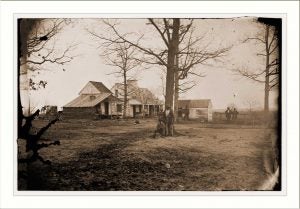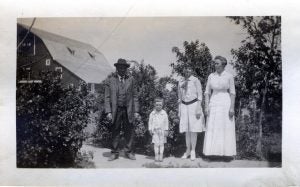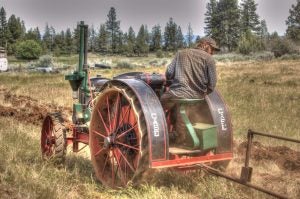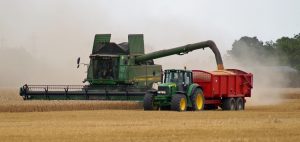Rooted in a harvest celebration held by Pilgrims and Wampanoag Indians in the fall of 1621, celebrations of thanks were held by some individual colonies and states for more than two centuries afterward. However, it wasn’t until 1863, in the midst of the Civil War, that President Abraham Lincoln proclaimed a national Thanksgiving Day to be held each November.
For many farmers, Thanksgiving signifies a rekindling of family unity after a long days outside the home during harvest.
So much has changed since Lincoln’s first holiday declaration.

IN 1863
There were a little more than 2 million farms in the U.S. Many of them were built strictly to sustain one’s immediate familiy.

IN 1900
Thanks to westward expansion, the number of farms grew to 5.7 million. However, each farmer could feed only 2.5 people.

IN 1960
The number of farms fell to 3.7 million as urban areas grew. The efficiency of each farm also increased, and one farmer could now feed an average of 25.8 people.

TODAY
America has 2.1 million farms, and each farmer on average can feed a whopping 166 people worldwide.
Sources: Farmers Feed US, History.com, Enclyclopedia.com, Agriculture in the Classroom, Census of Agriculture


